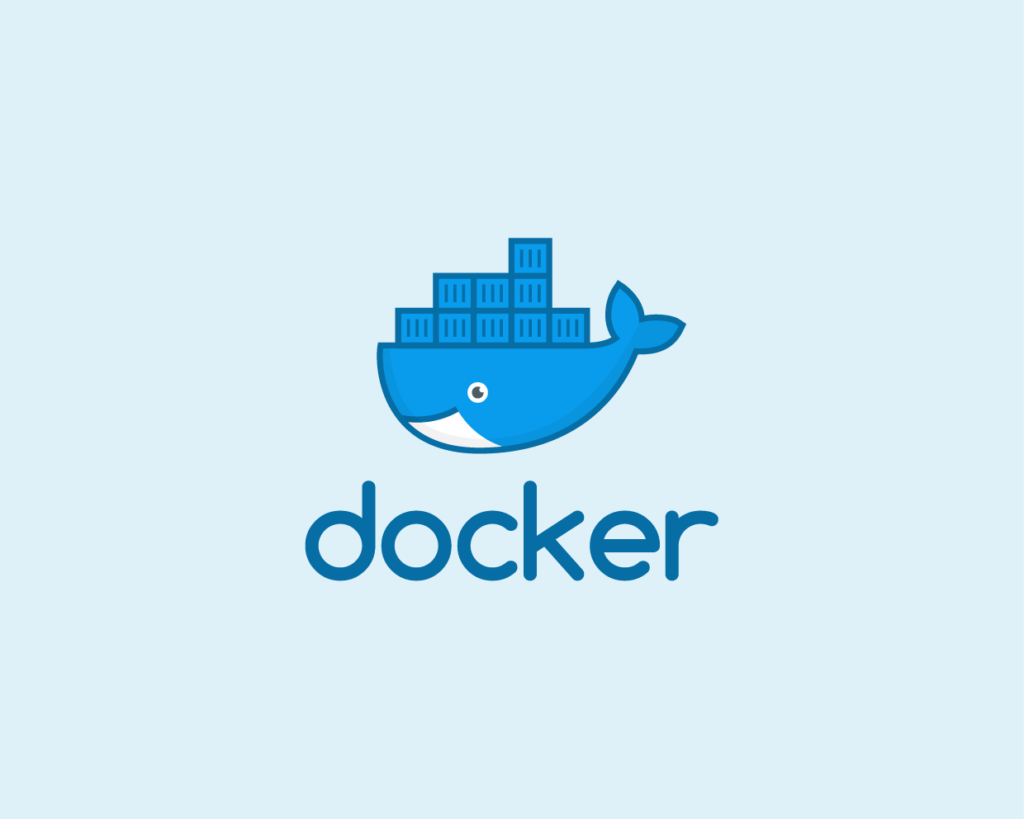The way we write code is changing—dramatically. Thanks to AI advancements, developers today can build applications without typing a single line of code manually. Welcome to the world of vibe coding: a new approach where your thoughts become software, powered by artificial intelligence.
If that sounds futuristic, it’s because it is. But it’s already happening.
Let’s explore what vibe coding really is, how it works, why it matters—and what it means for developers, entrepreneurs, and anyone who wants to bring an idea to life.
What Is Vibe Coding?
Think of vibe coding as a creative collaboration between you and AI. Instead of opening your IDE and hammering out syntax, you simply tell the AI what you want. You describe your idea, feature, or behavior using plain language, and the AI builds it for you—generating code, UI components, or even entire applications.
It’s not quite no-code. You still need to understand logic, structure, and testing. But vibe coding removes the mechanical tedium of writing boilerplate code and lets you focus on what you’re building, not how.
In a tweet that helped popularize the term, AI expert Andrej Karpathy described vibe coding as “letting your intentions flow through the model,” and watching functional code appear—like magic.
How Does It Actually Work?
At the heart of vibe coding are large language models (LLMs) like GPT-4, Claude, and Gemini. These models have been trained on millions of codebases and can now:
- Translate natural language instructions into executable code
- Refactor existing code
- Generate tests, documentation, and even UI layouts
- Assist in debugging and optimization
Here’s a typical workflow:
- You describe what you want: “Build a responsive contact form that submits to a backend API and shows a success message.”
- The AI responds with HTML, CSS, JavaScript, and maybe a backend stub.
- You refine the output: “Make the form mobile-first and add form validation.”
- AI updates the code and explains what it did.
It’s like having a pair programmer who never gets tired—and learns from you in real time.
Why Vibe Coding Matters
We’re not just talking about speed. Vibe coding changes the dynamics of software development in ways that were unthinkable even five years ago.
1. Faster Prototyping
Want to build a weekend MVP? You can get from idea to working prototype in hours, not days. This is game-changing for founders, startups, and solopreneurs.
2. Accessible for Non-Coders
Designers, marketers, or domain experts can now participate in product development more actively. Vibe coding bridges the gap between technical and non-technical teams.
3. Boosts Developer Creativity
By removing the friction of manual coding, developers can stay in the creative zone longer. Instead of grinding out structure, you’re thinking about experience, flow, and innovation.
4. Lower Development Costs
Less time spent on routine coding means teams can ship faster, test sooner, and validate ideas before investing in full builds.
Where It Works Well (And Where It Doesn’t)
Vibe coding is fantastic for:
- Building landing pages, web components, and admin dashboards
- Generating boilerplate code in React, Next.js, Flask, etc.
- Writing unit tests, documentation, and mock data
- Prototyping new ideas
But it’s not perfect. Limitations include:
- Debugging complexity: When the AI gets it wrong, it’s not always clear why.
- Security risks: AI can generate vulnerable code unless you know what to look for.
- Complex architectures: Multi-layered systems, microservices, or deeply integrated APIs still require human design thinking.
So while AI can write a lot of your code, it can’t (yet) replace your judgment.
Real-World Use Case: A Founder’s Dream
Imagine you’re a non-technical founder with an idea for a food discovery app. You want users to swipe through nearby eateries, match with friends, and track their visits.
With vibe coding, you could:
- Describe the user interface you envision
- Ask AI to generate a Flutter or React Native prototype
- Create a basic backend using Firebase or Supabase
- Add animations and user authentication—all by writing prompts, not code
What once required a development team now takes a few days and a handful of prompts.
Is This the End of Traditional Programming?
Not at all.
In fact, vibe coding makes traditional developers more powerful. You still need to:
- Architect scalable systems
- Think through edge cases and dependencies
- Monitor performance and optimize logic
- Secure and maintain the codebase
But vibe coding handles the repetitive scaffolding. That means more energy for solving actual problems.
What Tools Power Vibe Coding?
Here are some tools helping this revolution:
- ChatGPT / Claude / Gemini: LLMs that understand and write code based on your instructions
- GitHub Copilot: Code suggestion and completion in your IDE
- Cursor / Replit / Codeium: Developer-focused environments enhanced by AI
- Voice-to-code tools: Apps like Whisper or custom GPT agents that turn speech into working code
As these platforms improve, expect more plug-and-play experiences and real-time feedback loops.
The Developer’s Superpower
Vibe coding isn’t just a trend—it’s a fundamental shift in how we build software.
It’s not replacing developers. It’s giving them superpowers.
Whether you’re a coder, founder, or digital tinkerer, the takeaway is this: you no longer need to wait for the perfect team or the perfect moment. With AI in your corner, you can start building today.
So vibe it out. Think big. Prompt smart. And watch your ideas turn into code.

